5 Ways Interactive Messages Can Enhance Customer Experience


Customer Experience (CX) refers to all the interactions between a business and its customers. CX matters because it has the ability to build or damage the relationship with the customer.
AI chatbots are a great way to improve the CX by providing immediate and personalised responses, thus enhancing customer satisfaction.
Interactive messages are pre-designed UI elements within chat interfaces. These include:
These elements allow users to tap or click instead of typing, reducing friction and speeding up task completion. Interactive messages are built for improving chatbot UX by giving users a more visual, guided experience.
Interactive messages are a form of communication that allows businesses to engage with their visitors, making it easier and more natural for them to find what they are looking for.
Here are five practical reasons to use interactive messages in your AI chatbot:

Cards and carousels let you structure content in a compact, visually organized format.
This simplifies the decision-making process and helps users get answers without having to scroll through long paragraphs.
Example: A user asks for pricing. Instead of sending a table, the chatbot shows three card options — Basic, Standard, and Premium — with pricing and a “Select” button.

Interactive messages improve the look and feel of your chatbot instantly.
A more visual interface reduces user fatigue, especially on mobile devices where text-heavy interactions can be frustrating.

Interactive messages guide users clearly on what to do next.
This reduces friction, especially for first-time users unfamiliar with how to interact with a chatbot.
Example: A user wants to cancel an order. The chatbot shows three clear buttons — “Cancel,” “Reschedule,” or “Support” — making the process fast and frustration-free.

InInstead of sending a generic message to everyone, interactive chatbots can respond based on user data or real-time selections — and present the next best action through visual elements.
Use cases include:
Example: A user selects “Looking for shoes” → the chatbot responds with a carousel of available brands and “Shop Now” buttons based on current stock and user’s past preference.
This isn’t just personalisation — it’s responsive UX.
Long forms or unclear instructions lead to drop-offs.
Interactive elements help simplify multi-step workflows by:
Example: Instead of sending a five-field contact form, the chatbot asks one question at a time using buttons and cards, leading to better completion rates.
Using interactive messages such as cards, carousels, images, and buttons, businesses can create AI chatbots that provide a dynamic, engaging, and user-friendly experience for their customers.
Interactive messages ultimately result in higher consumer satisfaction and customer experience, which in turn results in business success.
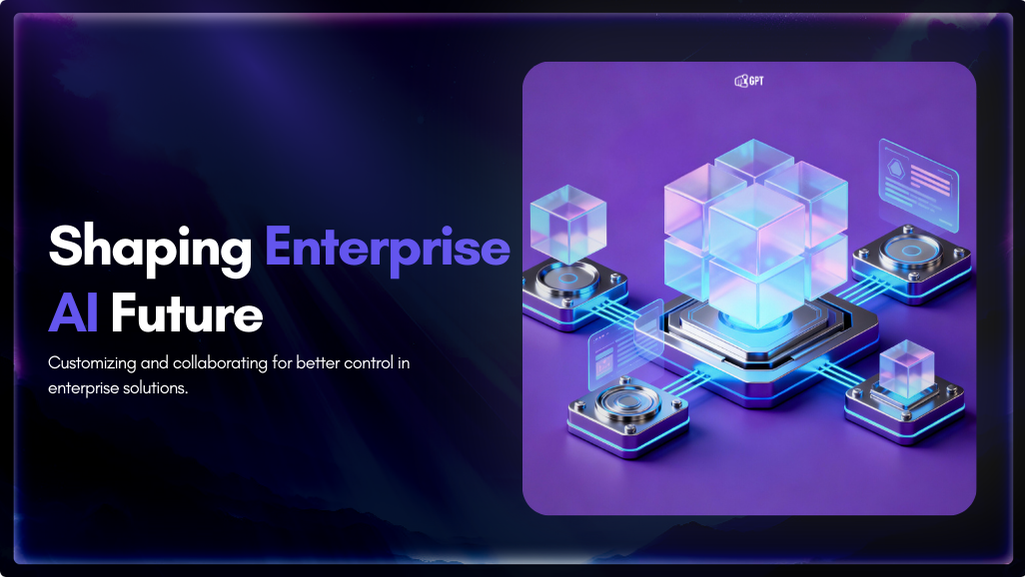
Artificial Intelligence has advanced quickly over the past five years, moving from an experiment to a standard component of modern business. AI has become a central part of enterprise strategy. 88% of organizations are now using AI. This figure has increased from 78% the year before. This transformation is reshaping how companies run, communicate, and […]

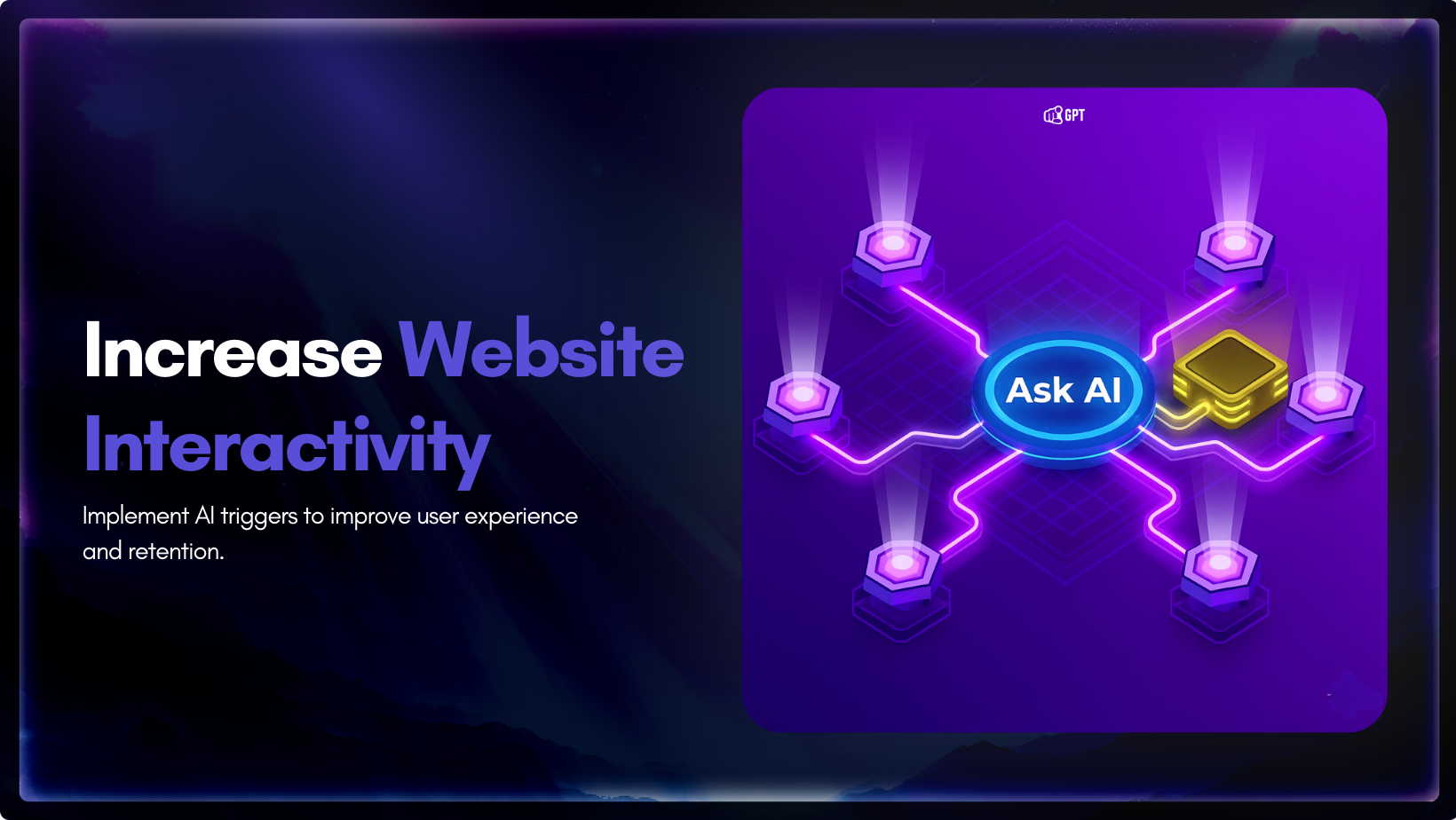
You invest time writing your website copy. You explain features, pricing, and how everything works. The information is there. Still, some visitors leave without clarity, and small gaps in understanding often stop them from moving forward. This happens because a static page cannot adjust to what they want at that moment. They skim a section, […]

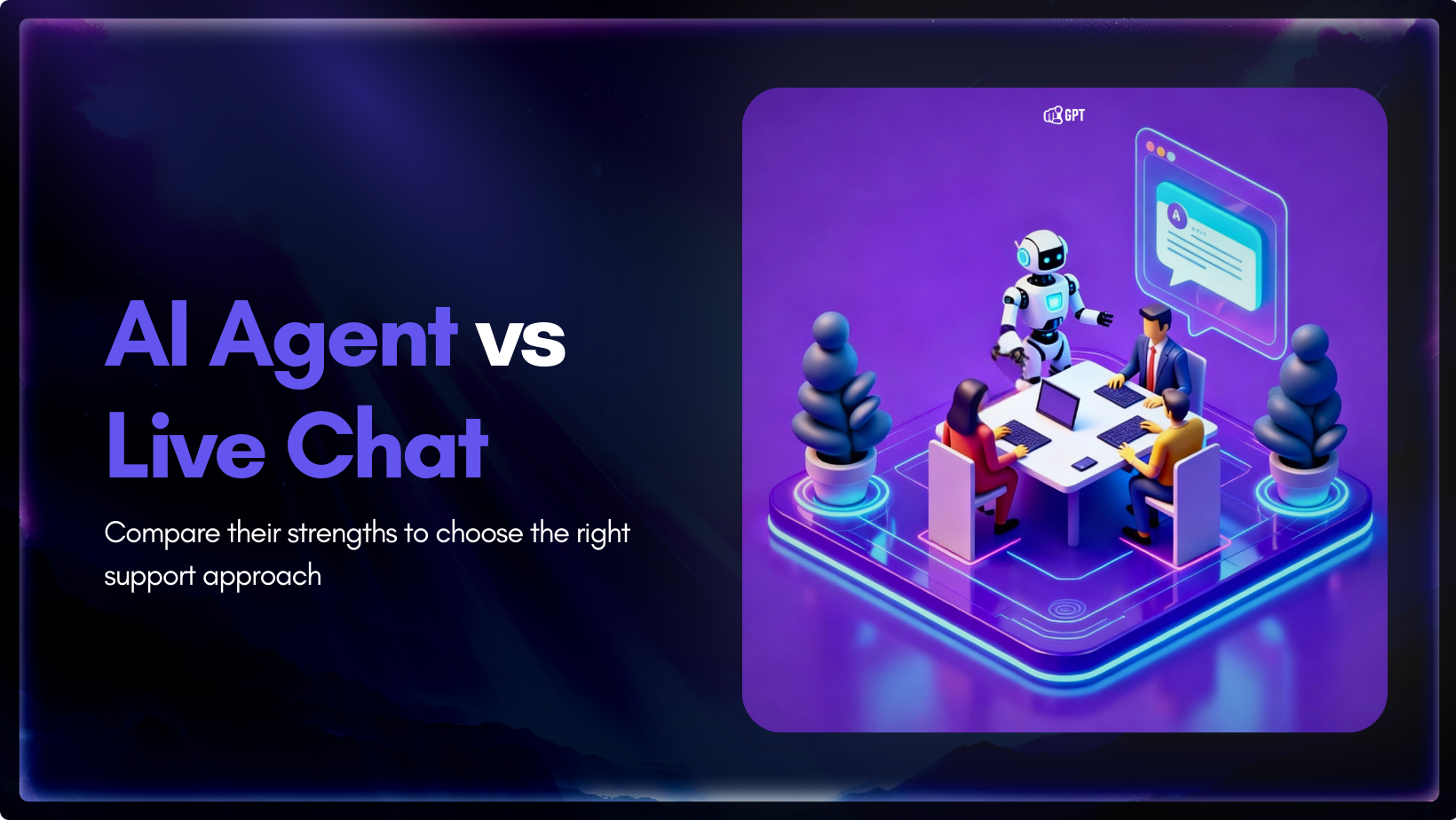
AI agent and live chat each play a different role in customer support, and the choice between them influences how a team handles growth. Companies are moving toward faster support models, and one clear trend is the use of AI to reduce operating costs by up to 30%. The difference shows up when ticket volume […]


You have definitely heard about the use of AI in marketing. But have you ever seen or learned how it can actually drive revenue? Well, firms using AI in marketing and sales report significant benefits. According to a recent study by McKinsey & Company, revenue increases from AI show up most in marketing and sales, […]

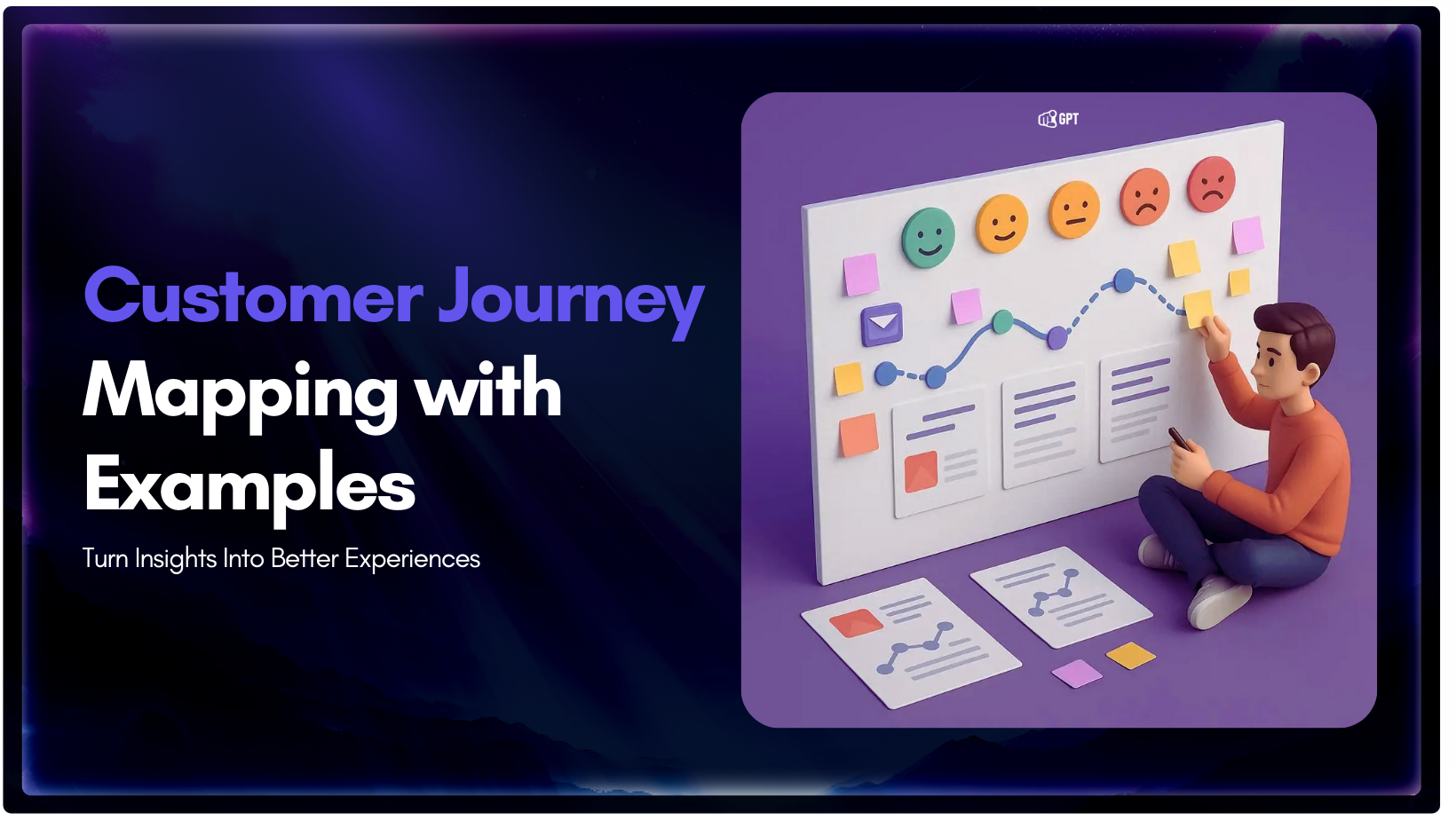
Every business talks about improving customer experience, but many struggle to understand what that experience actually looks like from the customer’s side. This is where a customer journey map becomes essential. It is a practical way to see how people discover your brand, evaluate their options, make a purchase, and decide whether to come back […]

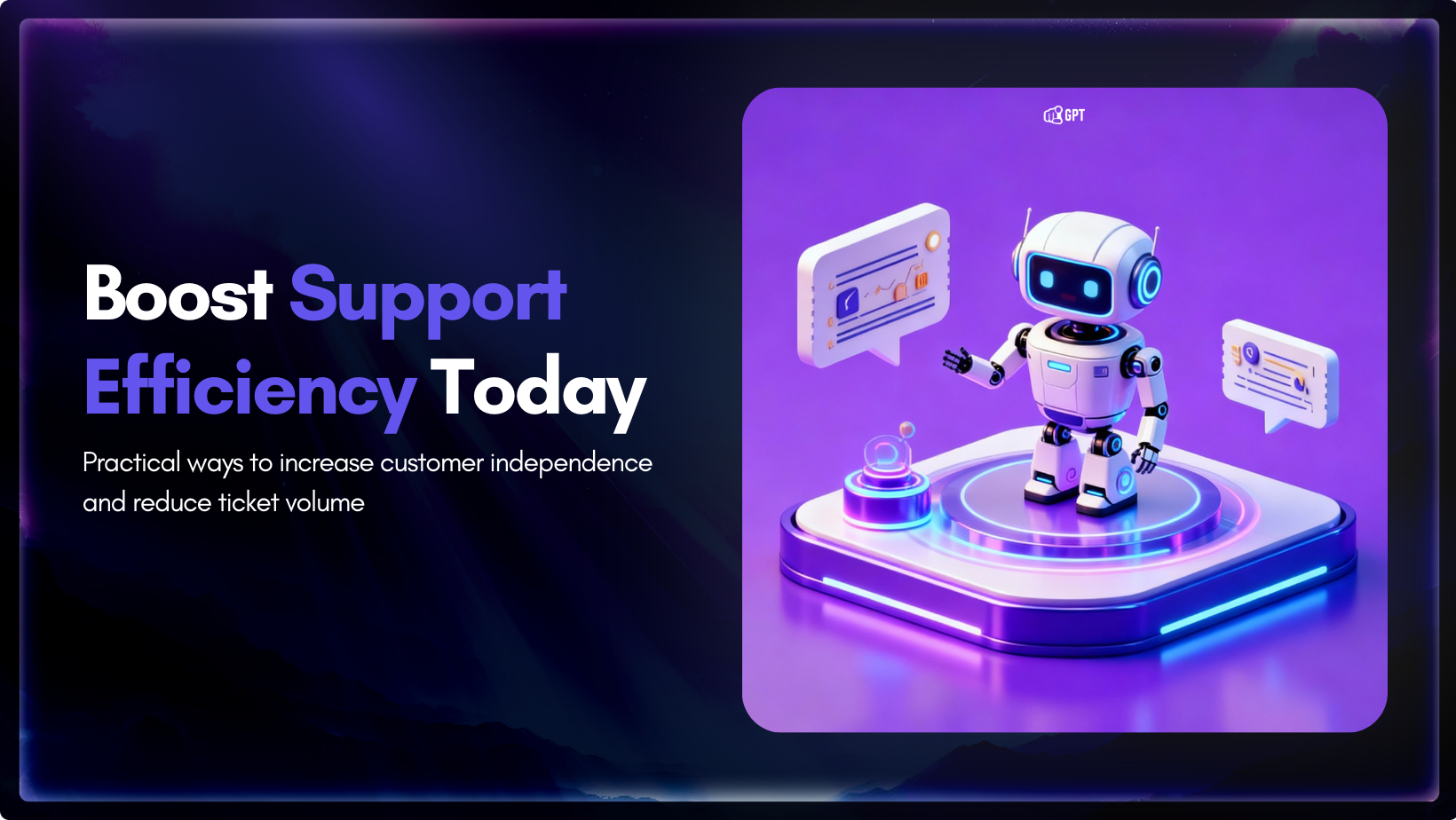
These days, self-service options is the norm for customer support. However, simply having a knowledge base or chatbot is no longer enough. The most important thing is to determine if these tools are effective. Are your customers getting the answers they need? Or are they simply becoming increasingly irate and will eventually contact your support […]
